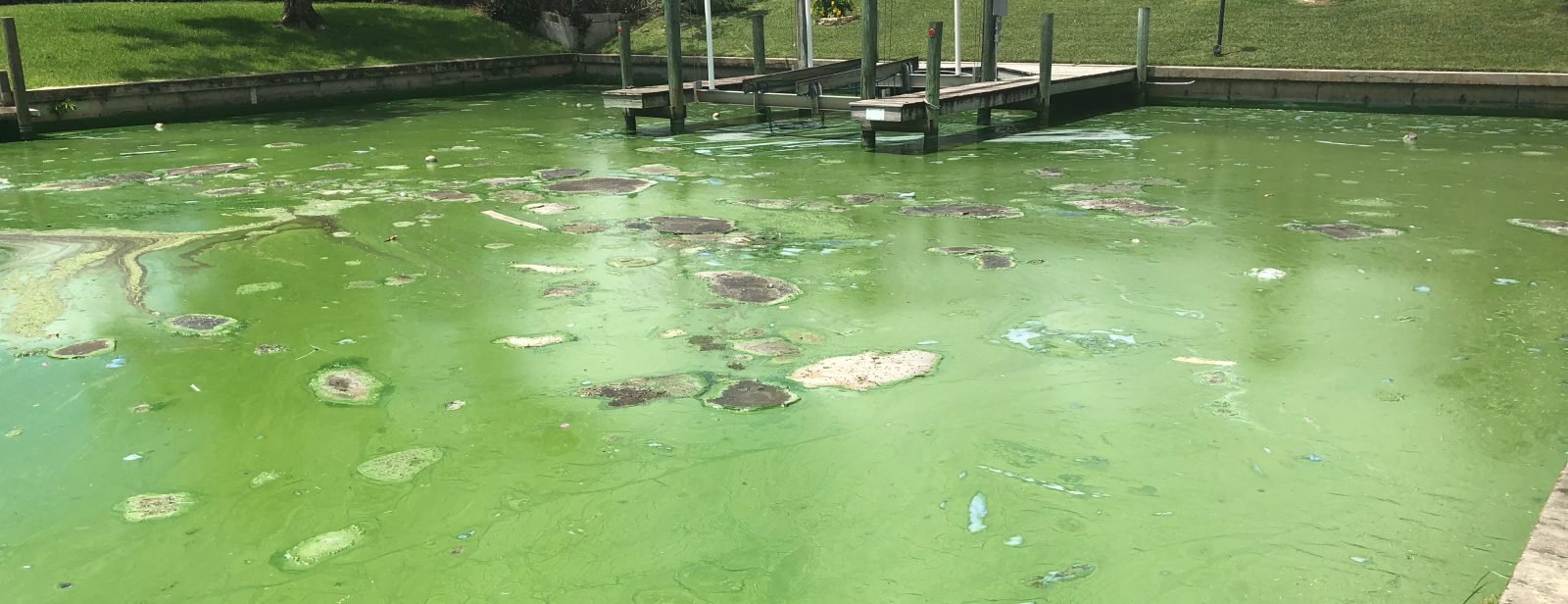
Tips to Prevent Toxic Algal Blooms in Lakes, Ponds, and Reservoirs
Lakes, ponds, and reservoirs can provide drinking water, irrigation, and space for year-round recreation, but it’s common for these waterbodies to develop algae blooms, especially during the heat of the summer. While many species of pond algae are harmless, Harmful Algal Blooms (HABs) are becoming more prevalent as a result of increased nutrient runoff from commercial developments, industrial parks, livestock farms, and agricultural facilities.
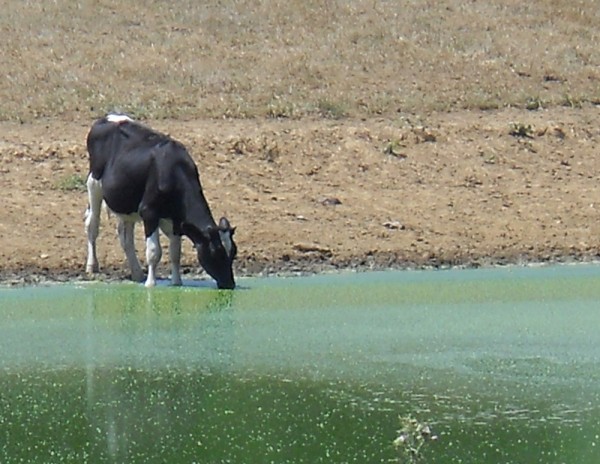
Exposure to Toxic Algal Blooms
When directly exposed to toxic algae species like cyanobacteria, which is often referred to as blue-green algae, humans and animals can experience liver and kidney toxicity, skin rashes, nervous system problems, respiratory complications, and even death. Toxic algae blooms are also known to cause undesirable tastes and odors in drinking water from affected waterbodies.
To limit the growth of HABs in your waterbody, aquatic experts recommend the following ecologically sustainable measures to homeowners, ranch and landowners, golf courses, and municipalities:
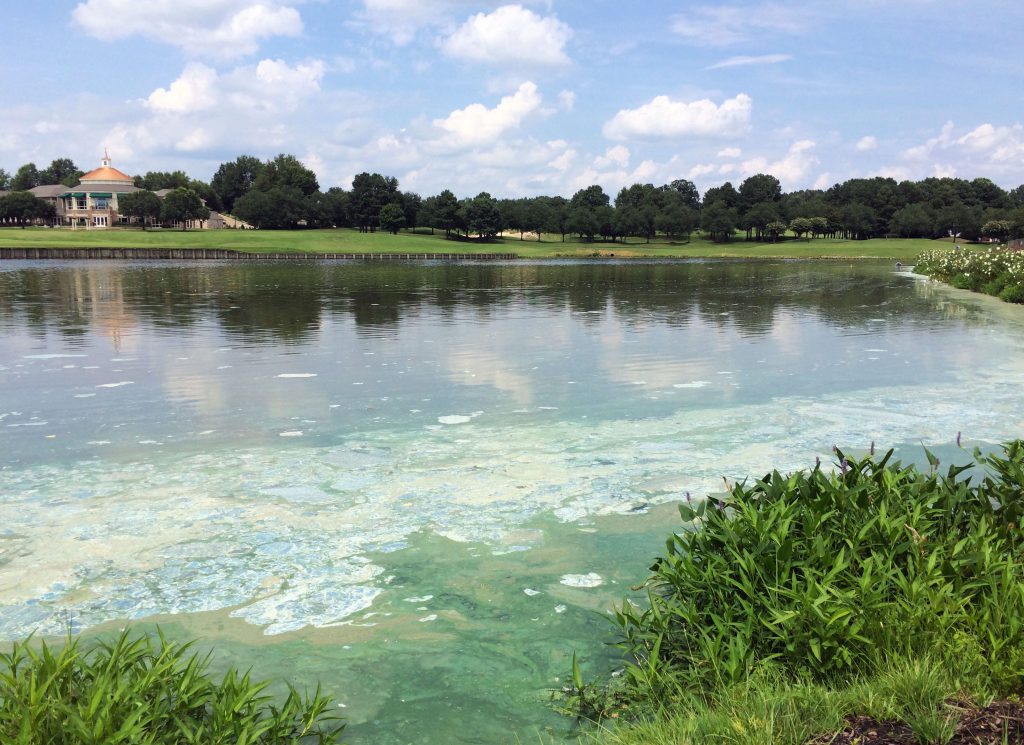
1. Improve Your Knowledge of HABs
The ability to distinguish between a Harmful Algal Bloom and non-toxic green algae is critical for the wellbeing of the aquatic ecosystem and those who enjoy it. If you suspect your lake or pond has a toxic bloom, look for soupy or oily scum on the surface of the water. Depending on the waterbody, the bloom may manifest in parallel streaks or clumped dots. Other blooms may look like spilled blue, green, or white paint or turn the water a bright “pea soup” green. If you’re unsure of the algae species in your water, contact a lake management professional.
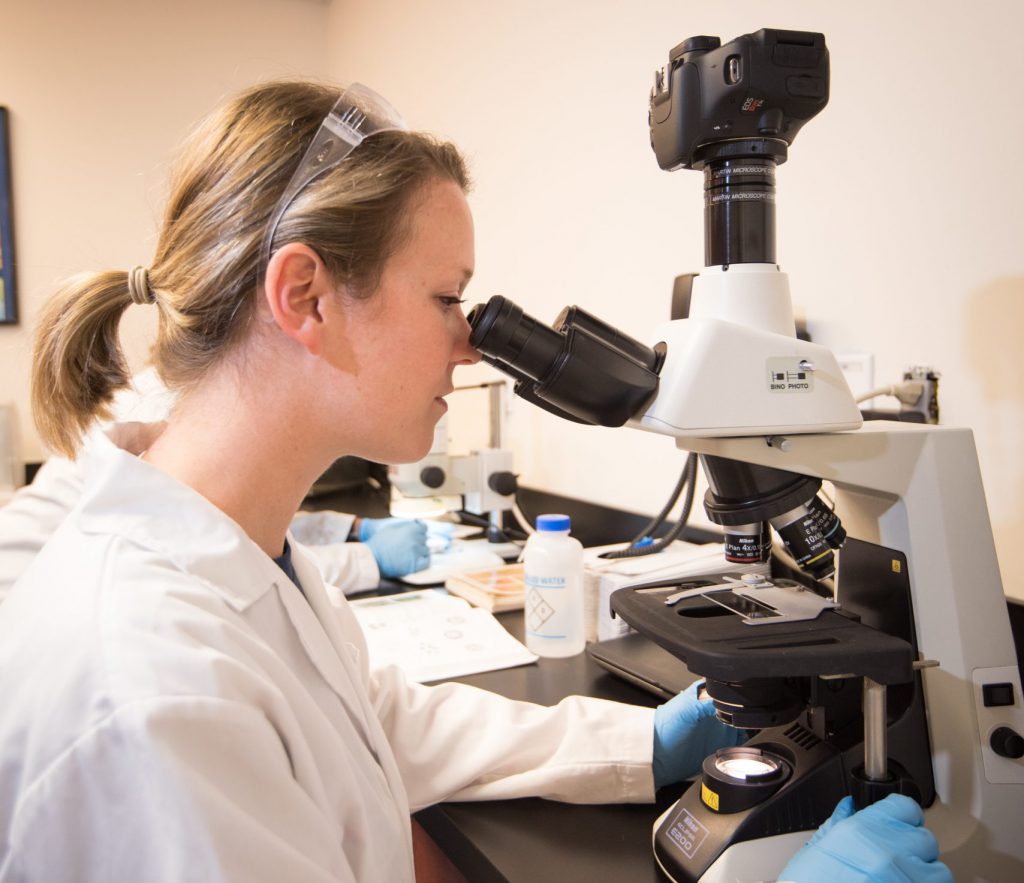
2. Conduct Regular Water Quality Tests
Lake and pond owners and municipal water service leaders often wait until after a toxic algae bloom appears to conduct water quality tests, but a proactive testing program can help identify water quality impairments related to dissolved oxygen, pH or nutrient levels before they get out of hand. Over time, water quality data can be used to predict the onset of bloom and prevent its impact without closing the waterbody or interfering with irrigation or drinking water services.
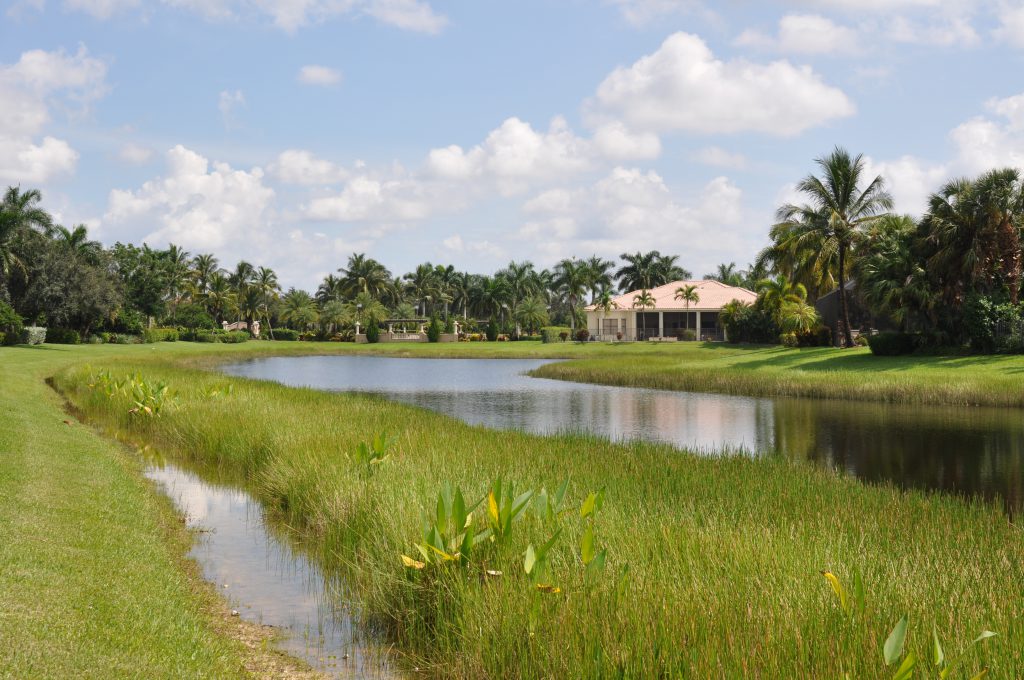
3. Establish a Beneficial Buffer and Littoral Zone
Toxic algae blooms typically occur in lakes, ponds, and reservoirs containing excessive amounts of nitrogen and phosphorous. Fertilizers, sewage, animal waste, and organic sediment are all sources of these nutrients. To limit nutrient-rich runoff from entering your waterbody, consider cultivating a beneficial vegetative buffer 3-5 feet around the shoreline. An ideal buffer and littoral zone will contain sedges, rushes, and perennial plants that are native to your region.
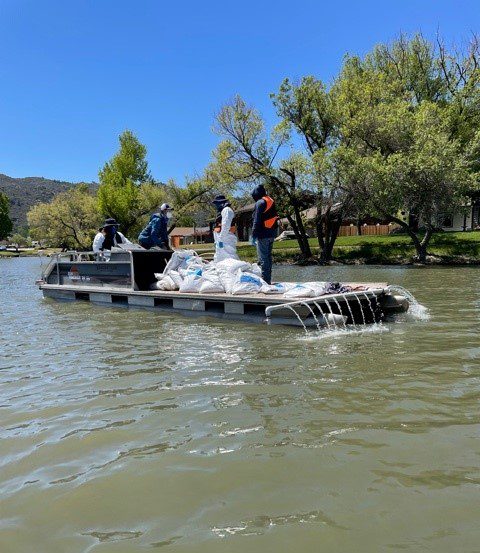
4. Limit the Impact of Existing Nutrients
Waterbodies already suffering from high nutrient levels should consider biological augmentation or the introduction of phosphorous-locking technologies like Alum or Phoslock. These strategies can help render excess nutrients inactive, meaning they will become permanently unfit to fuel nuisance algae growth.
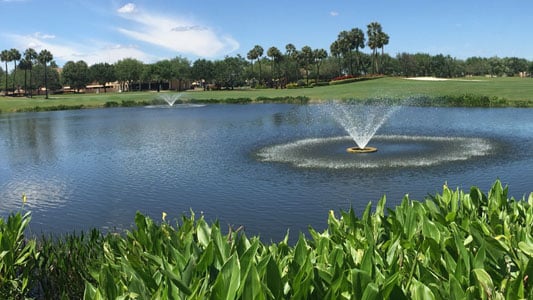
5. Introduce an Aeration System
When paired with other nutrient-limiting strategies, floating fountains and submersed diffused aerators can help consistently circulate warm stagnant water and facilitate the conversion of phosphorous and nitrogen to nutrient forms that do not sustain toxic algae as food. Lake and pond aeration also helps improve other water quality parameters that support the growth of healthy green phytoplankton.
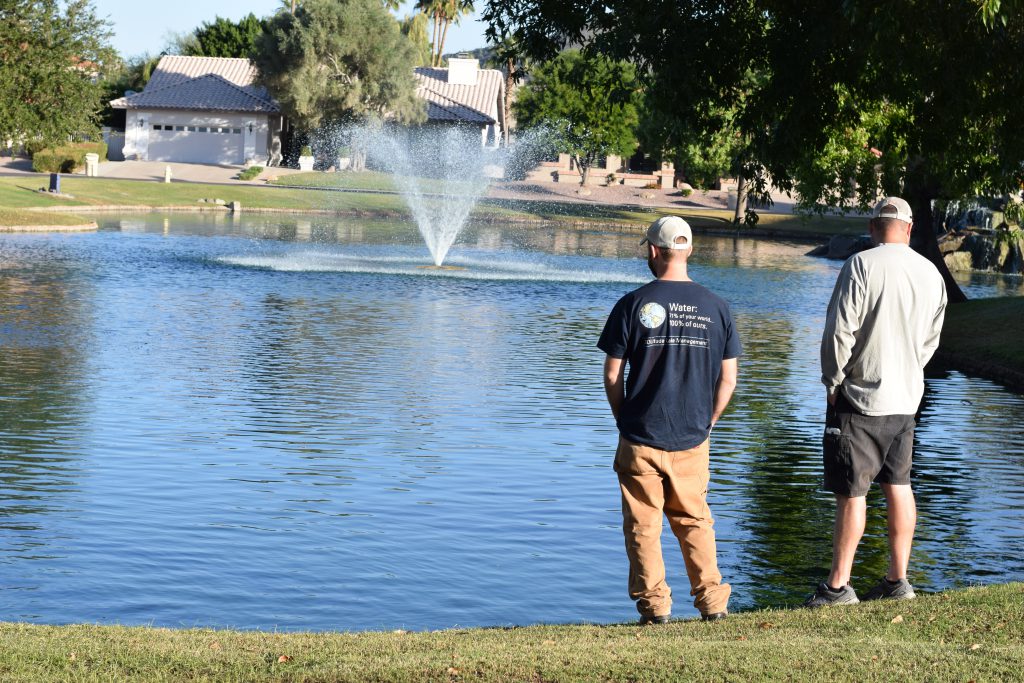
6. Consider a Proactive Management Plan
In order to sustainably restore a lake, pond, or reservoir with a toxic algae bloom, immediate action must take place, followed by continued water monitoring and maintenance. A proactive plan that includes professional water quality testing, buffer management, aeration, nutrient remediation, and sediment removal can help prevent further developments of toxic algae blooms while improving the natural balance, beauty, and lifespan of the aquatic environment. With our customizable SOL Pro Plans, your waterbody receives consistent, proactive care from highly trained lake management professionals, and in return, you can enjoy your lake or pond year-round without the disruption of HABs.
If you suspect that your lake, pond, or drinking water reservoir is experiencing a toxic algae bloom, immediately reach out to an experienced lake and pond management company in your area or call 888-480-LAKE for a professional referral.
Prevent Toxic Algal Blooms with Proactive Management
Contact Us to Build Your SOL Pro Plan
SOLitude Lake Management is a nationwide environmental firm committed to providing sustainable solutions that improve water quality, enhance beauty, preserve natural resources and reduce our environmental footprint. SOLitude’s team of aquatic resource management professionals specializes in the development and execution of customized lake, pond, wetland, and fisheries management programs that include water quality testing and restoration, nutrient remediation, algae, and aquatic weed control, installation and maintenance of fountains and aeration systems, bathymetry, shoreline erosion restoration, mechanical harvesting and hydro-raking, lake vegetation studies, biological assessments, habitat evaluations, and invasive species management. Services and educational resources are available to clients nationwide, including homeowners associations, multi-family and apartment communities, golf courses, commercial developments, ranches, private landowners, reservoirs, recreational and public lakes, municipalities, drinking water authorities, parks, and state and federal agencies. SOLitude Lake Management is a proud member of the Rentokil Steritech family of companies in North America.









